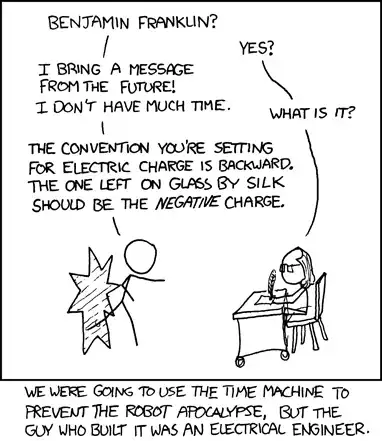When discussing sources and sinks for the property of divergence of electric fields, why is the positive polarity uniquely selected as a source and the other a sink? Aren't they both sources and sinks of opposite polarity? The negative is a source of negative field and a sink for positive field and the positive a source for positive field and a sink for negative field. This conditions students (me) to think in a confused way.
Please don't address nomenclature. The question of charge naming convention has an answer here: Why is the charge naming convention wrong?. This question is about the physical properties of the fields.
